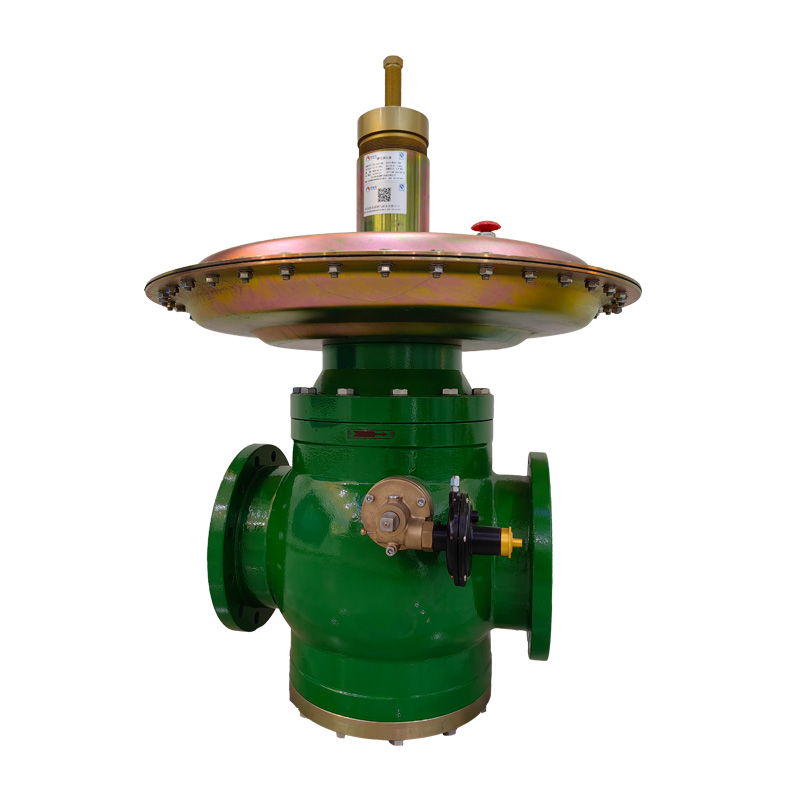
Dec . 11, 2024 10:42
Back to list
Innovative Solutions for Next-Generation Equipment and Technology Development
Understanding NG Equipment Essential Components for Natural Gas Operations
Natural gas (NG) is one of the most sought-after energy sources in the world, known for its efficiency and relatively low environmental impact compared to other fossil fuels. As the demand for natural gas continues to rise, the equipment used in its extraction, processing, and distribution becomes increasingly vital. In this article, we will explore the various types of NG equipment that play a crucial role in the natural gas industry, their functions, and their importance in ensuring a reliable energy supply.
Types of NG Equipment
1. Drilling Equipment The first step in accessing natural gas involves drilling wells. Drilling rigs and associated equipment like drill bits, casing, and mud pumps are used to reach underground reserves. Modern drilling technologies, including horizontal drilling and hydraulic fracturing (fracking), have revolutionized how companies access shale gas deposits.
2. Production Equipment Once a well is drilled, production equipment is necessary to extract and process the gas. This includes separators, compressors, and storage tanks. Separators are used to separate gas from liquids and solids, while compressors increase the pressure of natural gas, which aids in its transportation through pipelines.
3. Processing Equipment Natural gas is often mixed with impurities, such as water vapor, carbon dioxide, and hydrogen sulfide. Processing equipment, including amine gas treating systems and dehydration units, is employed to remove these impurities. This step is essential in ensuring the gas meets quality standards for sale and distribution.
4. Transportation Equipment After processing, natural gas needs to be transported to end-users. Pipeline systems are the primary means of transporting natural gas over long distances. Compressor stations, which are strategically located along pipelines, help maintain pressure and ensure a consistent flow. Additionally, liquefied natural gas (LNG) facilities convert gas into a liquid form for easier transport via ships.
ng equipment

5. Distribution Equipment Once natural gas reaches local distribution networks, several types of equipment facilitate its delivery to homes and businesses. This includes regulators that control the pressure of gas entering the distribution system and meters to measure consumption. Proper equipment is necessary to ensure safe and efficient delivery.
Importance of NG Equipment
The efficient operation of NG equipment is critical for several reasons. Firstly, reliable equipment ensures the consistent supply of natural gas, which is essential for various applications, including power generation, heating, and industrial processes. Interruptions in supply due to equipment failures can lead to significant economic losses and impact the daily lives of consumers.
Secondly, safety is a primary concern in the natural gas industry. Equipment must be designed and maintained to prevent leaks and accidents that could have devastating consequences. Advanced technologies, such as leak detection systems, play a vital role in enhancing safety standards in the industry.
Moreover, environmental considerations are increasingly influencing the design and operation of NG equipment. Companies are investing in technologies that reduce emissions and improve efficiency. For instance, modern compressors and processing systems are equipped with features that minimize methane emissions, a potent greenhouse gas.
Conclusion
In summary, NG equipment is a backbone of the natural gas industry, encompassing various types of machinery and technology that play essential roles in the extraction, processing, transportation, and distribution of natural gas. As the world continues to transition towards cleaner energy solutions, the importance of advanced NG equipment in enhancing efficiency, safety, and environmental sustainability cannot be overstated. Investment in innovative technologies and proper maintenance of existing equipment will be crucial in meeting the growing demand for natural gas while minimizing its impact on the environment. The future of energy relies on how effectively we manage and utilize these critical components of the industry.
Latest news
-
Safety Valve Spring-Loaded Design Overpressure ProtectionNewsJul.25,2025
-
Precision Voltage Regulator AC5 Accuracy Grade PerformanceNewsJul.25,2025
-
Natural Gas Pressure Regulating Skid Industrial Pipeline ApplicationsNewsJul.25,2025
-
Natural Gas Filter Stainless Steel Mesh Element DesignNewsJul.25,2025
-
Gas Pressure Regulator Valve Direct-Acting Spring-Loaded DesignNewsJul.25,2025
-
Decompression Equipment Multi-Stage Heat Exchange System DesignNewsJul.25,2025

